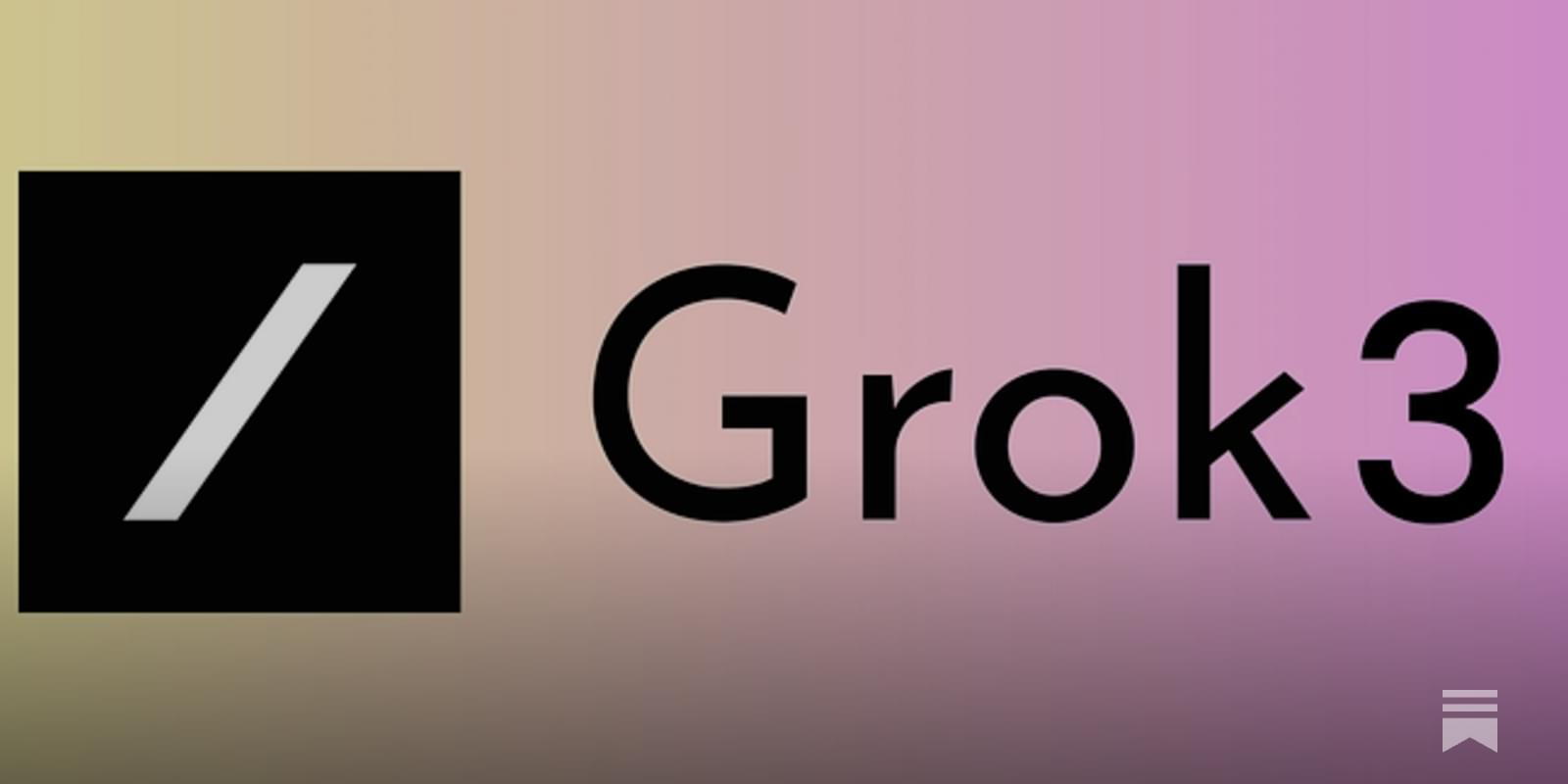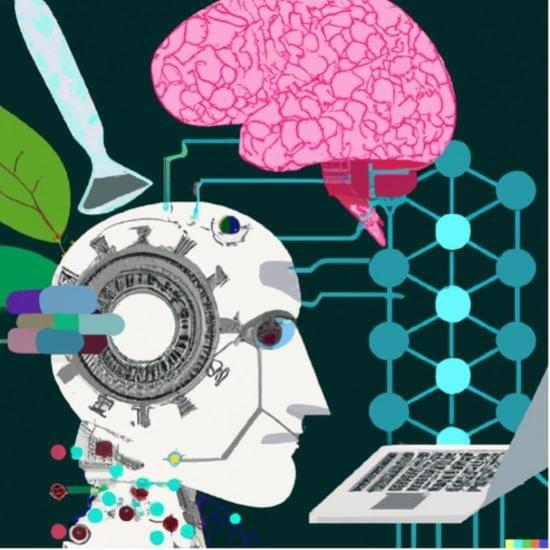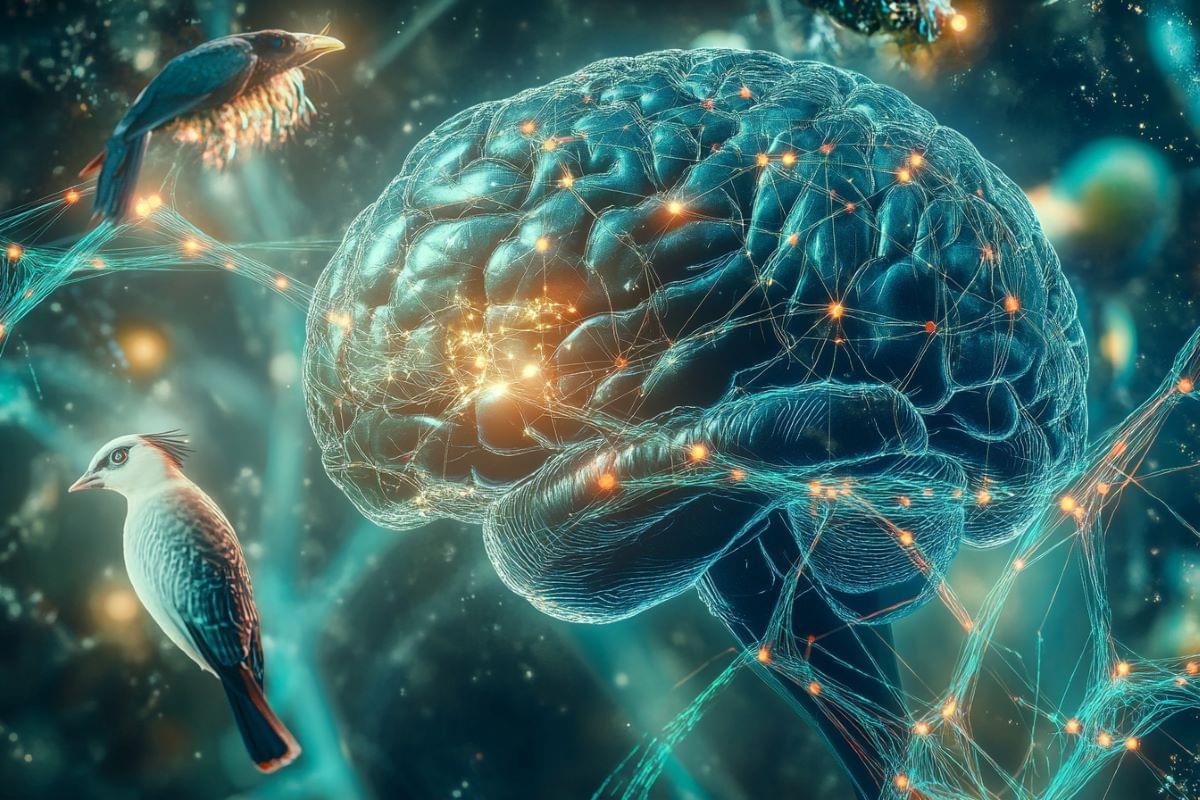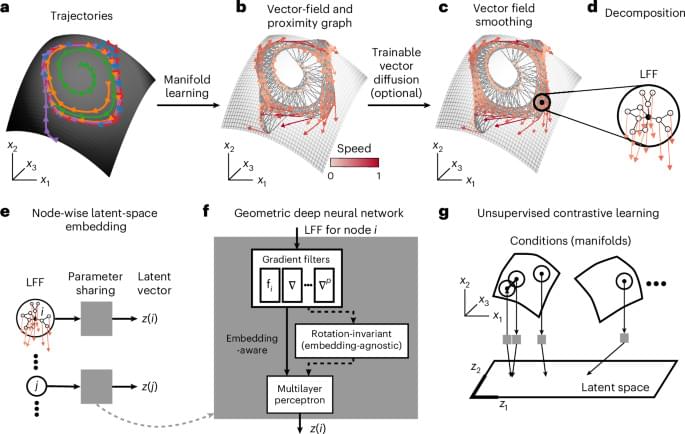In my new marketing position at Moving On IT I am blessed to be working with some old friends that really know the IT, AI, and Cybersecurity industry inside out. So much so, they have recently been certified as an Ingram Micro partner.
We are in the midst of developing a whole new website, and product information portal using AI-design software. The website is a bit of mess now, but stay tuned and watch it grow.
One of coolest things is that the company allows me the leeway to find new ways to promote their company, products, and services. So I have been using AI and my creativity to craft a unique new spokesperson that embodies the brand, and amplifies the companies values and industry messaging.
In today’s highly digital landscape, cybercrime has become a pervasive threat, compromising the security and integrity of our nation’s information technology infrastructure.
As an authorized provider of IT, AI, and cybersecurity solutions from the world’s leading manufacturers, Moving On IT has taken a bold stance against this menace.
Moving On IT’s company’s values are rooted in a strong commitment to protecting our customers’ IT assets. With security solutions from top-tier vendors, and cybersecurity-liability insurance services Moving On IT secures our nation’s networks.
I am proud to introduce my latest creation, Moving On IT’s hometown hero, and new company spokesperson, Captain Cybersecurity.









